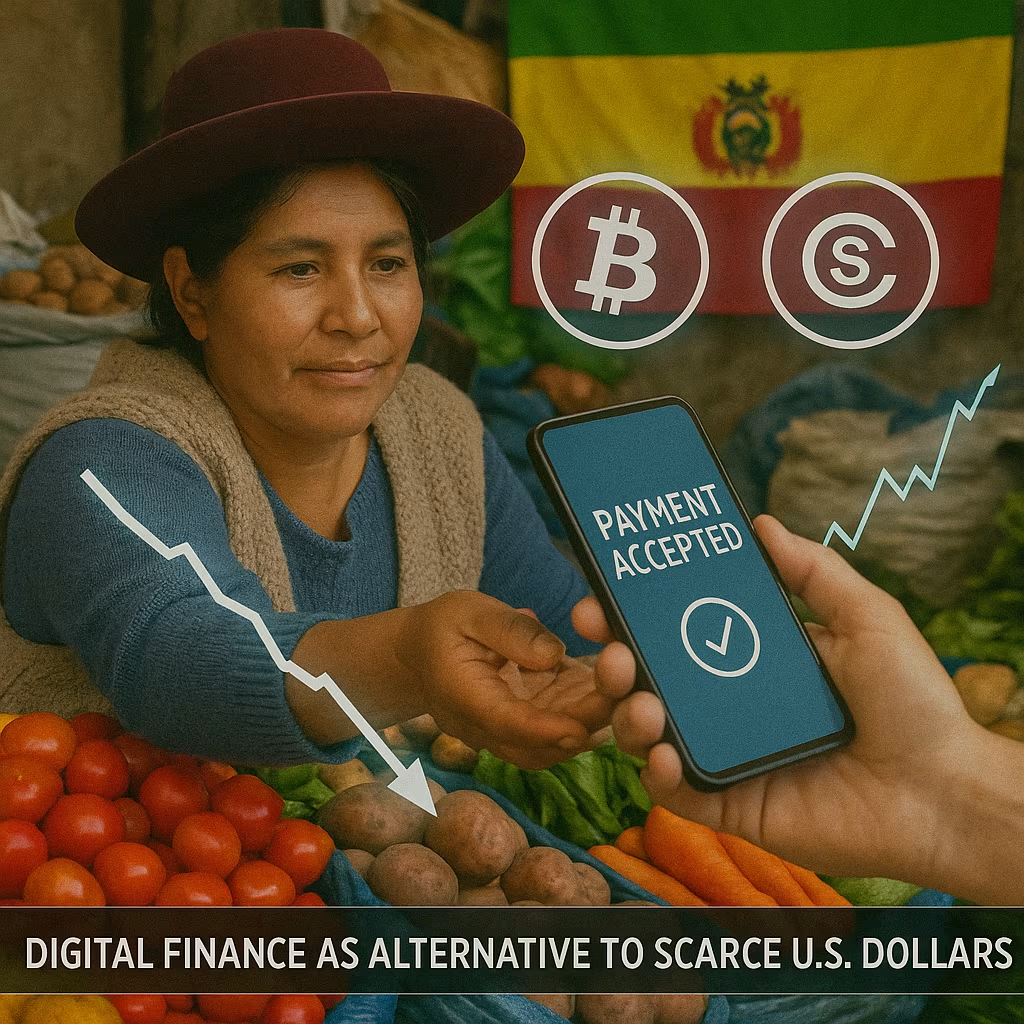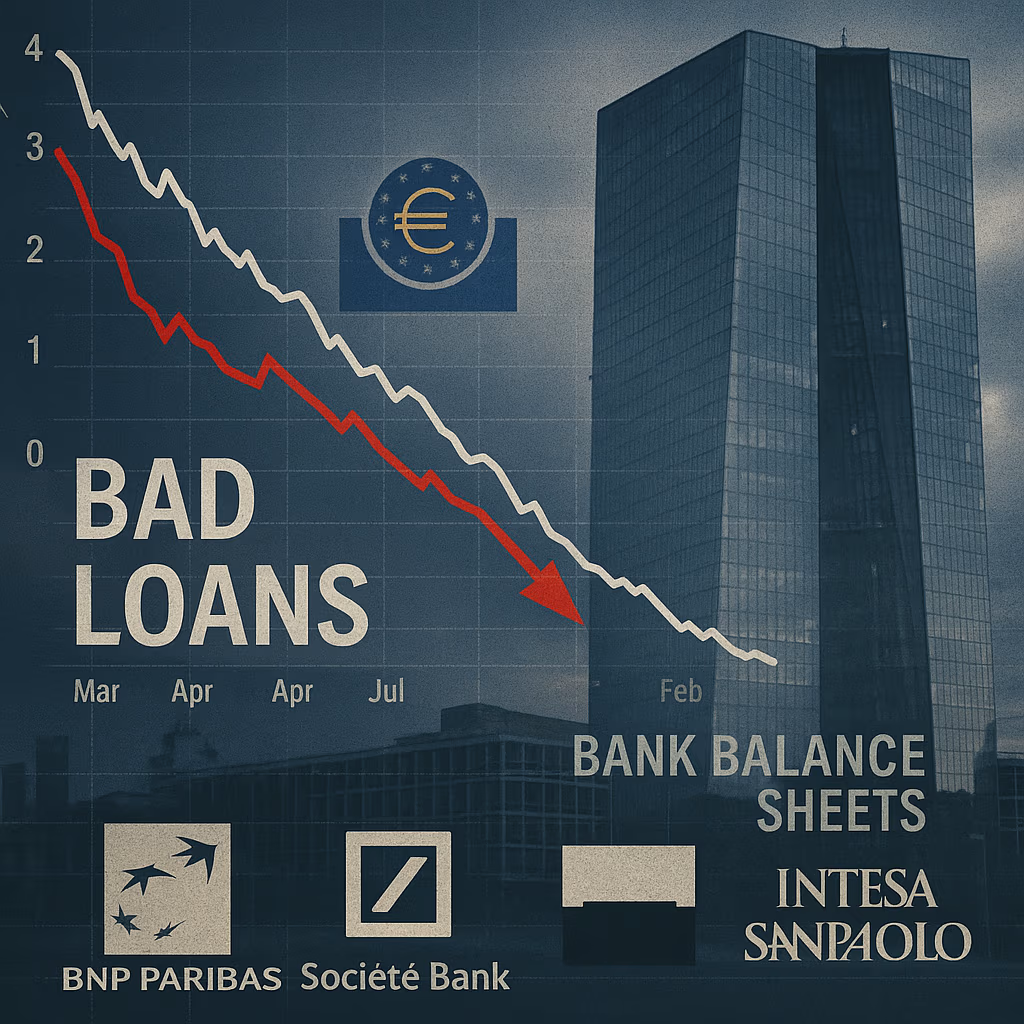In a country where annual inflation hovers around 25%, the value of traditional currency is eroding at an alarming pace. Savings lose purchasing power almost as soon as they are deposited, and everyday goods and services are becoming more expensive by the week. Faced with these challenges, many citizens are turning to cryptocurrencies as an alternative store of value, medium of exchange, and pathway to financial stability.
Inflation’s Impact on Daily Life
High inflation distorts nearly every aspect of the economy. Wages fail to keep pace with price increases, making it harder for households to afford basic necessities. Businesses are forced to constantly adjust prices, complicating long-term planning. Bank deposits yield little to no real return, meaning savers watch their money shrink in value over time.
In this environment, traditional cash is seen less as a reliable savings tool and more as a rapidly depreciating asset. As a result, people are seeking ways to preserve the value of their earnings—and crypto has emerged as a compelling option.
Why Crypto Is Gaining Ground
The appeal of cryptocurrencies in high-inflation economies rests on three main pillars:
- Preserving Value
Stablecoins pegged to the U.S. dollar—such as Tether (USDT) and USD Coin (USDC)—allow users to store money in a form that’s resistant to local currency devaluation. For many, buying stablecoins has become the digital equivalent of converting savings into dollars. - Accessibility
With a smartphone and internet connection, anyone can open a crypto wallet. This accessibility bypasses the limitations of traditional banking, which may involve long queues, strict identification requirements, and withdrawal limits. - Borderless Transactions
Crypto allows fast, low-cost international transfers. For workers receiving remittances or freelancers getting paid from abroad, this eliminates high fees and delays associated with banks and money transfer services.
From Speculation to Daily Transactions
While cryptocurrencies first gained attention as speculative investments, their role is evolving in high-inflation countries. Increasingly, crypto is being used for practical purposes such as:
- Paying for goods and services at local businesses that accept digital assets.
- Settling invoices between small companies and suppliers.
- Receiving freelance payments in stablecoins to avoid currency conversion losses.
- Transferring funds between family members without paying high remittance fees.
Some merchants have started displaying QR codes for Bitcoin or stablecoin payments, while online marketplaces are integrating crypto payment options to cater to tech-savvy consumers.
Government Position and Regulation
Authorities in high-inflation countries often approach crypto with caution. While some governments consider it a potential tool for attracting foreign capital and increasing financial inclusion, others worry about capital flight, tax evasion, and market volatility.
In some cases, regulations restrict the use of cryptocurrencies for certain transactions, but enforcement can be inconsistent. This has led to a semi-formal market where crypto is widely used in practice, even if not fully integrated into the official financial system.
Risks and Challenges for Users
Crypto adoption in an inflationary economy offers many benefits, but it’s not without risks:
- Price Volatility: While stablecoins are pegged to the dollar, other cryptocurrencies like Bitcoin and Ethereum can experience large swings in value.
- Cybersecurity: Without proper wallet security, users can fall victim to hacking or phishing attacks.
- Regulatory Uncertainty: Sudden policy changes could affect how people buy, sell, or use cryptocurrencies.
Financial experts advise new users to focus on stablecoins for short- to medium-term savings, use trusted wallets and exchanges, and remain aware of local regulations.
The Role of Peer-to-Peer Markets
Because banking systems in some inflation-hit countries limit access to foreign currency, peer-to-peer (P2P) crypto platforms have become a lifeline. These platforms connect buyers and sellers directly, enabling them to exchange local currency for stablecoins or other digital assets using domestic payment methods.
P2P markets offer flexibility but require trust between counterparties, which is why many users rely on platforms with escrow services to ensure transaction safety.
Crypto as a Hedge Against the Future
In economies where inflation is persistent, crypto isn’t just a trend—it’s a survival mechanism. Citizens who convert part of their income into digital assets are essentially building a personal hedge against their currency’s decline.
As adoption grows, there’s potential for cryptocurrencies to integrate more deeply into the payment ecosystem. This could include wider merchant acceptance, integration into e-commerce platforms, and even partnerships with financial institutions willing to bridge the gap between digital and traditional finance.
Looking Ahead
If inflation remains elevated, crypto usage in daily life will likely continue to expand. The shift from speculative investment toward everyday utility reflects a broader transformation in how money is perceived. For many, the choice is no longer about whether to use crypto—it’s about how quickly they can convert their earnings to protect value.
Governments may eventually face a choice: attempt to restrict crypto usage, risking the growth of an unregulated shadow economy, or create a regulatory framework that allows safe and transparent adoption. The latter path could help harness the benefits of digital assets while maintaining oversight.
In a country where inflation runs at 25% annually, crypto is no longer a niche investment—it’s becoming a functional replacement for traditional money. Stablecoins and other digital assets are enabling people to preserve savings, conduct transactions, and maintain financial stability in an uncertain economy.
While risks remain, the shift toward crypto in high-inflation environments highlights its growing role as both a technological innovation and a practical economic tool. As long as local currencies continue to lose value at a rapid pace, the migration toward digital alternatives is likely to accelerate.





